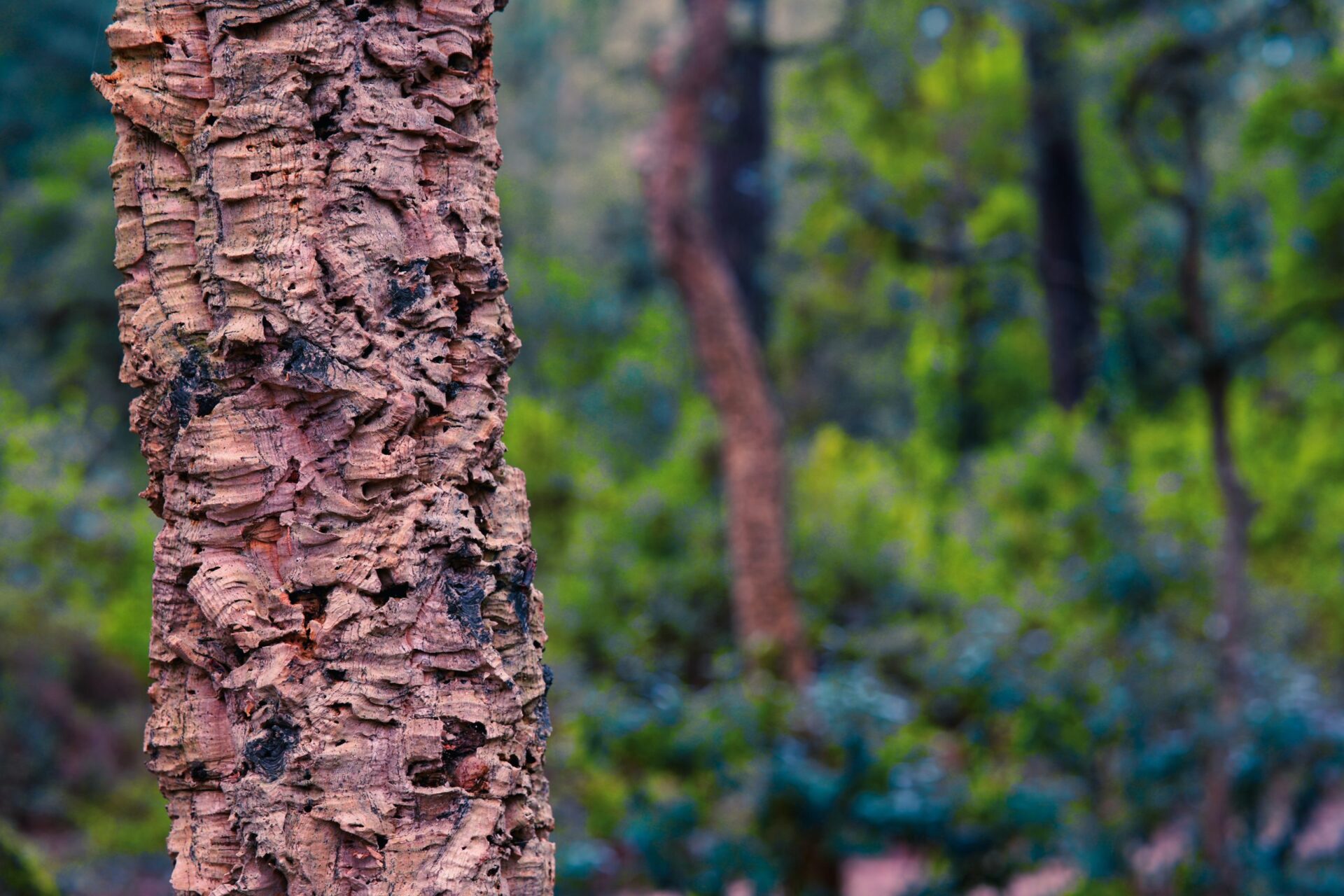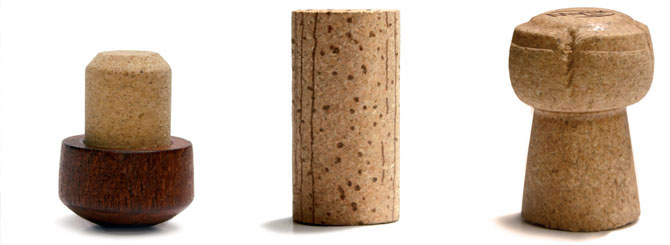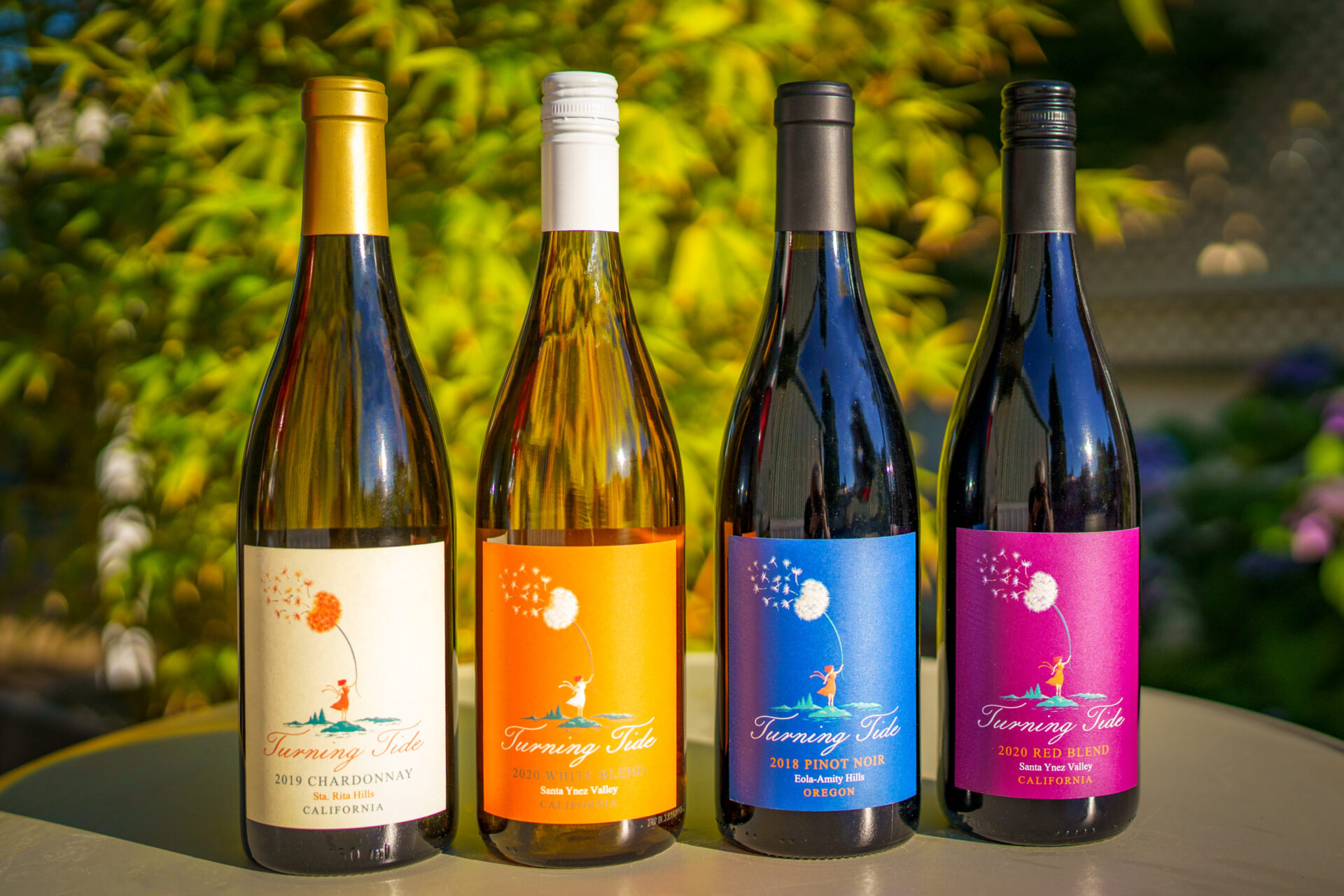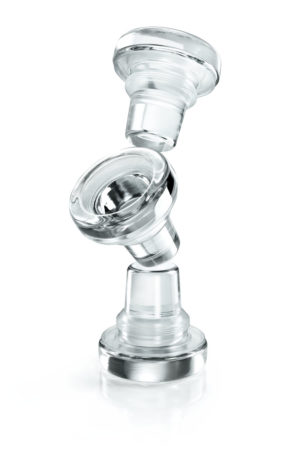There are a plethora of closure options for producers—all of which have different strengths and weaknesses in terms of the ability to preserve wine for long or short periods, consumer perception, and environmental impact. We spoke to vintners to find out which closures they favor, and why.
— By Kathleen Willcox
Cork
Produced from the bark of the Quercus suber (aka the cork oak tree), cork is grown primarily in Portugal and Spain—under strict protection. One tree, over its lifespan of 175+ years, can provide corks for around 4,000 bottles.

“We believe cork is the best example of a regenerative, recyclable, and sustainable resource when it comes to closures,” says Frank Paredes, president of Now Wine Imports. “It is also superior when it comes to aging wines for long periods, and is perceived as premium.”
Indeed, 91percent of the world’s top 100 Wines of 2021 (per Wine Spectator), were under cork.
Pros: It is a renewable and recyclable preservation method that is effective for both long-and short-term aging and increases the perception of high-quality, premium wine products.
Cons: While manufacturers have eliminated issues around cork taint, it still happens, with some estimates saying it affects up to 10 percent of bottles. Over a long period of time, cork can dry out and crumble. It costs more than other options.
Manufacturers: Cork Supply (which touts taint-free corks), Amorim.
Technical Corks
Technical corks, made from bits of real cork, are manufactured to eliminate TCA.
“We created Diam 20 years ago to provide producers with the benefits of cork without the negatives,” says Francois Margot, the sales director for Diam in North America. “Because punch cork is essentially the bark of the tree, the material is going to vary considerably depending on what part of the trunk it came from. There can be high inconsistency in terms of cork taint, elasticity, and oxygen transfer.”
By breaking down the cork and removing molecules associated with cork taint, then putting them back together, Margot says they eliminated all three problems.

Micro-agglomerated corks will appeal most to cork traditionalists who want to eliminate cork taint concerns. The most premium versions can age wines for decades, with a controlled level of oxygen transfer. Agglomerated corks include micro bits of cork, but also granulated cork dust; they are more economical, but wine ageability is slashed.
Pros: TCA free, manufactured for both short and long-term cellar-aging, available at different price points.
Cons: The manufacturing process adds to the carbon footprint. Some less expensive options don’t allow for long-term aging.
Manufacturers: Diam, Amorim.
Synthetic Corks

These corks are made from plastic or plant-based materials, and have been designed to eliminate the risk of cork taint.
Walla Walla’s L’Ecole No. 41 uses traditional cork closures for all of their premium white-label wines (save the Luminesce), while all of their heritage black label wines live under Vinvention’s Nomacorc, which is made from sugar cane and is recyclable.
“We like that it’s completely renewable,” says Constance Savage, L’Ecole’s general manager and COO. “And we also like the Nomacorc because it looks and operates like a traditional cork. We’re really happy with the feel and performance of the Reserva, which has very low oxygen ingress, and allows you to either drink the wines right away, or cellar them.”
Pros: Plant-based stoppers are recyclable, biodegradable and the ones produced by Nomacorc are carbon-neutral. They are easy to extract and don’t crumble if they dry out. Comparably inexpensive to other closure types.
Cons: Plastic corks don’t biodegrade, and they are perceived as less premium. While technology has improved, wines closed with a synthetic cork may not age as well as traditional cork after five years.
Manufacturers: Nomacorc (manufactured by Vinventions), Diam.
Screwcaps
Cork taint kicked off the alternative closure movement in 1964. Peter Wall, then the head of Australia’s Yalumba, requested an alternative after a rash of tainted bottles, and eventually a cap dubbed the Stelvin was created.
While it is still derided as a “cheap” closure by many, others love the convenience.
“We use a few different closures here, and we absolutely use natural cork for our highest end wines,” says Gina Hennen, winemaker at Adelsheim Vineyard in Newberg, OR. “The majority of our wines are in screwcap though. We’ve tried technical corks, but we’ve tested them against screwcaps designed to transfer oxygen slowly over time, and we find they perform better, and with more consistency.”
Alisa Jacobson, winemaker at Turning Tide, concurs.
“I make food-friendly, fresh wines that ready to drink on release,” Jacobson says. “I pick screwcaps for those ones because it locks in the aroma and flavors really well. The ones intended for longer aging still go under cork though.”

Pros: Wine under cap can now be aged long-term. They’re inexpensive and easy to open (and reseal).
Cons: The manufacturing of screwcaps generates a lot of waste and can have a harmful effect on the air and water. They are made from nonbiodegradable aluminum, lined primarily with plastic, and while they can be recycled, most get trashed. Some say screwcaps can create reductive qualities.
Manufacturers: Stelvin (manufactured by Amcor).

Glass Stoppers
In European wineries—particularly in Germany, where they were invented—glass corks are a regular sight. But they are still a rarity in the U.S.
“I love glass closures,” says Remy Drabkin, winemaker at the Willamette Valley’s Remy Wines. “They perform as well as traditional cork, aging long-term. I began using them about 15 years ago, but since then, the cork industry has cleaned up its act, and cork taint isn’t as big of an issue. So now I use them and cork interchangeably.”
Pros: No cork taint, tight seal, doesn’t lead to reductive odors.
Cons: They confuse consumers.
Manufacturer: Vinolok.
_______________________________________________________________________

Kathleen Willcox writes about wine, food and culture from her home in Saratoga Springs, N.Y. She is keenly interested in sustainability issues, and the business of making ethical drinks and food. Her work appears regularly in Wine Searcher, Wine Enthusiast, Liquor.com and many other publications. Kathleen also co-authored a book called Hudson Valley Wine: A History of Taste & Terroir, which was published in 2017. Follow her wine explorations on Instagram at @kathleenwillcox


















I have read Ms.Willcox’s article and would like to address some statements made regarding the sustainability, environmental, and wine taint aspects of some of the closures. I would ask Ms. Willcox to add a footnote to quantify the statement that, “some estimates saying it affects up to 10 percent of bottles.” I have never seen this scientifically proven. Regarding technical corks, “The manufacturing process adds to the carbon footprint.”, Though there is a small carbon footprint added to the manufacturing process, it is offset by the sequestration of the trees in the forest and that the dust generated by the grinding of the. cork is used as biomass to generate electricity in manufacturing facilities. Regarding the Nomacorc, “plant-based” closures, they are in fact not recyclable, or biodegradable. As for carbon neutrality, that is a marketing tool and not a reality. Screwcaps, there is zero recycling of screwcaps in the US, this is another feel-good marketing tool used to promote screwcaps as environmentally friendly, they are not. And though we do not get into the aspects of winemaking, it must be said once again, TCA taint can be found in any wine regardless of the closure, this is not a cork-only issue. Thank you for allowing me to comment.
Best,
Patrick Spencer
Executive Director
Cork Forest Conservation Alliance